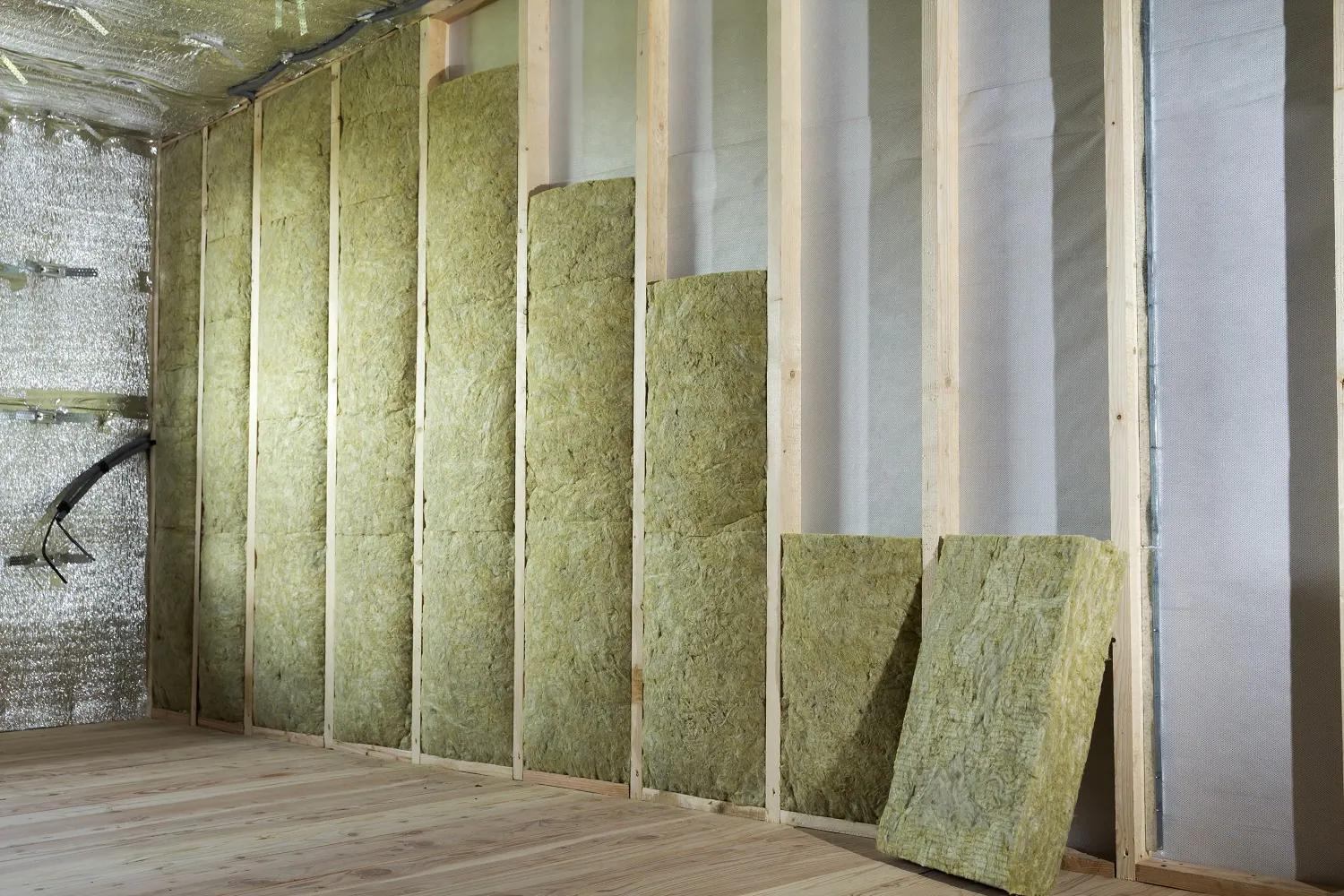

Articles
Why Is Insulation Dangerous
Modified: January 23, 2024
Discover the potential dangers of insulation and how to stay safe. Read informative articles on the hazards associated with insulation and the steps to mitigate them.
(Many of the links in this article redirect to a specific reviewed product. Your purchase of these products through affiliate links helps to generate commission for Storables.com, at no extra cost. Learn more)
Introduction
Insulation plays a crucial role in maintaining comfortable indoor temperatures, reducing energy consumption, and optimizing building performance. Whether it’s in homes, offices, or industrial settings, insulation is a common feature that helps regulate heat transfer. However, it is important to be aware of the potential dangers associated with insulation materials and installation processes.
In this article, we will explore the various types of insulation, the health hazards they may pose, and the necessary safety measures to mitigate these risks. By understanding the potential dangers and taking appropriate precautions, we can ensure the safety of both insulation installers and building occupants.
Key Takeaways:
- Understanding the potential health hazards associated with insulation materials, such as asbestos, fiberglass, and toxic chemicals, is crucial for ensuring the safety of both installers and building occupants.
- Prioritizing safety measures, such as wearing protective equipment, ensuring proper ventilation, and seeking professional assistance when dealing with hazardous materials, is essential for creating a safer working environment when working with insulation.
What is insulation?
Insulation is a material or combination of materials that is used to reduce the transfer of heat or cold between objects or areas. It acts as a thermal barrier, preventing the loss or gain of heat and maintaining a comfortable indoor environment. Insulation is commonly used in buildings to regulate temperature, reduce energy consumption, and provide acoustic insulation.
There are many types of insulation available, each with its own unique properties and applications. The choice of insulation material depends on factors such as the location of the insulation, the desired thermal conductivity, and the budget.
Insulation can be categorized into two main types: bulk and reflective insulation. Bulk insulation works by trapping air within its structure, creating a barrier to heat transfer. This type of insulation is commonly made from materials like fiberglass, mineral wool, cellulose, or foam. Reflective insulation, on the other hand, relies on reflective surfaces to reduce radiant heat. It is typically made from materials like foil or metalized film.
Both types of insulation can be effective in reducing heat transfer, but they come with their own set of risks and hazards that need to be considered.
Common types of insulation
There are several common types of insulation materials used in residential and commercial buildings. Each type has its own strengths and weaknesses, and it’s important to understand their characteristics before choosing the right insulation for a particular application.
1. Fiberglass insulation: Fiberglass insulation is one of the most widely used types of insulation. It is made from finely woven strands of glass fibers that are compressed and bound together. Fiberglass insulation is effective at reducing heat transfer and is relatively inexpensive. However, it can cause irritation to the skin, eyes, and respiratory system if not handled properly.
2. Cellulose insulation: Cellulose insulation is made from recycled materials such as newspapers and cardboard. It is treated with fire-retardant chemicals to enhance its resistance to fire. Cellulose insulation is an eco-friendly option and is effective at reducing heat transfer. However, it can settle over time and may require periodic reapplication.
3. Spray foam insulation: Spray foam insulation is a versatile and efficient type of insulation. It is applied as a liquid and expands to fill gaps and cavities, providing an airtight seal. Spray foam insulation has excellent thermal resistance and can also act as a moisture barrier. However, it can be costly and may release harmful volatile organic compounds (VOCs) during installation.
4. Mineral wool insulation: Mineral wool insulation is made from natural rock or slag materials. It is known for its excellent fire resistance and sound absorption properties. Mineral wool insulation is non-combustible and can withstand high temperatures. However, it can be heavy and may require proper handling and installation techniques to ensure its effectiveness.
5. Reflective insulation: Reflective insulation, also known as radiant barrier insulation, is installed as a reflective surface to reduce heat transfer by reflecting radiant energy. It is often used in attics and roofs to prevent heat gain during hot weather. Reflective insulation is lightweight and easy to install, but it is less effective in colder climates where conductive and convective heat transfer is more significant.
It is important to consider factors such as R-value (thermal resistance), installation requirements, cost-effectiveness, and potential health hazards when selecting the appropriate insulation material for a specific project. Consulting with a professional or conducting thorough research can help determine the best insulation option for your needs.
Health hazards of insulation
While insulation is intended to provide thermal comfort and energy efficiency, certain insulation materials can pose health hazards if not handled or installed properly. It is crucial to be aware of these potential risks in order to protect yourself and others involved in the insulation process.
1. Asbestos: Asbestos is a naturally occurring mineral fiber that was commonly used as insulation in the past. However, it has been linked to serious health issues, including lung cancer, mesothelioma, and asbestosis. Disturbing asbestos-containing insulation can release microscopic fibers into the air, which can be inhaled and cause long-term health problems. It is important to identify and handle asbestos-containing materials with extreme caution and consult professionals for safe removal.
2. Fiberglass: Fiberglass insulation, despite its widespread use, can pose certain health risks if not handled properly. The tiny glass fibers in fiberglass insulation can cause irritation to the skin, eyes, and respiratory system. Prolonged exposure without proper protective equipment can lead to skin rashes, eye irritation, coughing, and breathing difficulties. It is important to wear appropriate protective gear, such as gloves, goggles, and face masks, when working with fiberglass insulation.
3. Volatile Organic Compounds (VOCs): Certain insulation materials, such as spray foam insulation, can release volatile organic compounds (VOCs) during installation. VOCs are chemicals that can evaporate and contaminate the air, potentially causing respiratory irritation, headaches, and in some cases, more severe health issues. Proper ventilation and adherence to manufacturer’s instructions are essential for minimizing exposure to VOCs during insulation installation.
4. Chemical irritants: Some insulation materials may contain chemical additives or fire-retardant treatments that can cause skin, eye, or respiratory irritation. It is important to read the safety information and handling instructions provided by manufacturers and use appropriate protective gear when working with these materials.
5. Dust and allergens: Insulation materials, especially those made from natural fibers such as cellulose or mineral wool, can produce dust particles or release allergens into the air. This can trigger allergies or exacerbate respiratory conditions for those who are sensitive. Proper containment and cleanup measures should be taken during insulation installation to minimize the release of dust particles and allergens.
To mitigate the risks associated with insulation, it is important to follow safety guidelines, wear proper protective equipment, and consult professionals when necessary. By implementing proper safety measures and handling insulation materials responsibly, you can minimize potential health hazards and ensure a safer working environment for everyone involved.
Asbestos in insulation
Asbestos is a naturally occurring mineral fiber that was widely used in insulation materials until its health hazards were discovered. It was valued for its heat resistance, durability, and insulating properties. However, prolonged exposure to asbestos fibers can lead to serious health issues, including lung cancer, mesothelioma, and asbestosis.
Many older buildings, especially those constructed before the 1980s, may still contain asbestos-containing insulation materials. It is crucial to identify and handle these materials with extreme caution to prevent the release of harmful fibers into the air.
Asbestos insulation was commonly used in products such as pipe insulation, boiler insulation, and sprayed-on fireproofing. These materials can deteriorate over time, releasing asbestos fibers into the air. Disturbing or removing asbestos-containing insulation without proper precautions can pose significant risks.
If you suspect the presence of asbestos in your insulation, it is essential to consult professionals who are trained in asbestos testing and removal. They can conduct thorough inspections, take appropriate samples, and recommend the best course of action based on the findings.
When asbestos-containing insulation needs to be removed, it should only be done by licensed professionals with specialized equipment and techniques to minimize the release of fibers. They will follow strict safety protocols, including wearing protective clothing, using HEPA-filtered vacuums, and sealing off the work area to prevent the spread of asbestos particles.
It is important to note that encapsulating or leaving asbestos-containing insulation undisturbed may be the safest option in some cases. Enclosing the insulation with a protective barrier can prevent fibers from being released into the air. However, regular inspections and maintenance should be carried out to ensure the integrity of the encapsulation.
Proper handling and disposal of asbestos-containing insulation is vital to protect the health and safety of both workers and building occupants. Strict regulations and guidelines are in place to ensure the safe removal and disposal of asbestos-containing materials.
By being aware of the risks associated with asbestos insulation and taking appropriate measures to address them, we can ensure a safer environment for everyone involved.
When working with insulation, always wear protective gear such as gloves, goggles, and a mask to avoid skin irritation, eye damage, and respiratory issues from inhaling fibers.
Fiberglass insulation and its risks
Fiberglass insulation is one of the most commonly used types of insulation due to its affordability and effectiveness in reducing heat transfer. It is made from finely woven strands of glass fibers that are compressed and bound together. While fiberglass insulation offers several benefits, it is important to be aware of the potential risks associated with its installation and handling.
1. Skin irritation: The tiny, sharp glass fibers in fiberglass insulation can cause skin irritation and itching if they come into direct contact with the skin. To minimize this risk, it is essential to wear long sleeves, gloves, and other protective clothing when handling fiberglass insulation. If skin irritation occurs, thoroughly wash the affected area with mild soap and water.
2. Eye irritation: Fiberglass fibers can also cause eye irritation if they come into contact with the eyes. It is crucial to wear protective goggles or a face shield to prevent fibers from entering the eyes. In case of eye irritation, flush the eyes with clean water for several minutes and seek medical attention if the irritation persists.
3. Respiratory issues: Breathing in fiberglass particles can lead to respiratory issues, including coughing, throat irritation, and difficulty breathing. It is important to wear a properly fitted N95 respirator mask or a dust mask with a high-efficiency particulate air (HEPA) filter when working with fiberglass insulation. This helps to minimize the inhalation of airborne particles.
4. Pre-existing respiratory conditions: Individuals with pre-existing respiratory conditions such as asthma or chronic bronchitis may be more sensitive to fiberglass particles and may experience exacerbated symptoms. It is advisable for individuals with such conditions to avoid direct contact with fiberglass insulation and to consult a healthcare professional before engaging in any insulation-related activities.
5. Dust and airborne particles: During installation or removal of fiberglass insulation, dust and small particles can become airborne. It is important to take appropriate containment and cleanup measures to minimize the dispersion of these particles into the surrounding area. This includes using plastic sheeting, vacuums with HEPA filters, and wet wiping surfaces as necessary.
It is crucial to follow safety guidelines provided by manufacturers and regulatory authorities when working with fiberglass insulation. This includes wearing appropriate personal protective equipment (PPE), implementing proper ventilation, and minimizing exposure to airborne particles.
By taking these precautions, you can minimize the risks associated with fiberglass insulation and create a safer work environment for yourself and others involved in the insulation process.
Toxic chemicals in insulation
While insulation plays a vital role in enhancing energy efficiency and thermal comfort, it’s important to be aware of the potential presence of toxic chemicals in certain insulation materials. These chemicals can pose health risks if not handled or installed properly. Below are some common toxic chemicals that may be found in insulation:
1. Formaldehyde: Formaldehyde is a colorless gas with a strong odor that is commonly used in the production of certain insulation materials, such as foam insulation and fiberglass. Prolonged exposure to formaldehyde can cause respiratory irritation, eye irritation, and even increased risk of certain cancers. To minimize exposure, it is important to choose insulation materials that have low formaldehyde emissions and ensure proper ventilation during and after installation.
2. Polybrominated Diphenyl Ethers (PBDEs): PBDEs are flame retardant chemicals that were commonly used in insulation materials to improve their fire resistance. However, PBDEs are persistent organic pollutants and have been associated with adverse health effects, including endocrine disruption, developmental issues, and potential carcinogenicity. Many countries have banned or restricted the use of PBDEs, and it is important to choose insulation materials that are free from these chemicals.
3. Volatile Organic Compounds (VOCs): VOCs are chemicals that can vaporize and become airborne, contributing to indoor air pollution. Some insulation materials, such as foams and adhesives, may release VOCs into the air, which can cause respiratory irritation, headaches, and other health issues. It is important to choose insulation products with low VOC content and ensure proper ventilation during and after installation.
4. Polychlorinated Biphenyls (PCBs): Although not commonly found in modern insulation materials, PCBs were previously used as flame retardants in certain types of insulation. PCBs are toxic and have been linked to various health problems, including liver damage, hormonal disruption, and neurological effects. If you are working with older buildings, it is important to identify and safely remove any insulation materials that may contain PCBs.
When selecting insulation materials, it is crucial to research and choose products that have been tested and certified to be low in toxic chemicals. Look for insulation materials that have undergone independent third-party testing and adhere to recognized environmental and safety standards. Additionally, ensure proper ventilation during and after installation to minimize exposure to any potential emissions.
By being aware of the toxic chemicals that can be found in insulation and taking appropriate precautions, such as proper selection and installation methods, we can minimize the health risks and create healthier living and working environments.
Risks of improper removal and handling
Improper removal and handling of insulation materials can pose significant risks to both the workers and the occupants of a building. It is essential to understand and address these risks to ensure a safe and healthy environment. Here are some potential risks associated with improper removal and handling of insulation:
1. Exposure to hazardous materials: Many insulation materials, such as asbestos-containing insulation or insulation treated with toxic chemicals, can release harmful substances when disturbed. Breathing in asbestos fibers or toxic chemicals can lead to serious health issues, including respiratory damage, cancer, and other chronic illnesses. Improper removal can cause the release of these hazardous materials into the air, increasing the risk of exposure.
2. Airborne particles: When insulation materials are not handled or removed properly, they can break apart and release airborne particles. These particles may include dust, fiberglass shards, or other fine particles that can be inhaled and cause irritation to the respiratory system. This can lead to coughing, throat irritation, breathing difficulties, and other respiratory problems.
3. Contamination of surroundings: Improper removal techniques can also result in the spread of insulation debris and contaminants throughout the building. This can contaminate other areas, causing potential health risks to occupants who come into contact with the contaminated surfaces or breathing in the airborne particles.
4. Damage to the building structure: Removing insulation without following proper procedures can lead to unintended damage to the building structure. This can include damaging electrical wires, insulation barriers, or structural components. Inadequate handling techniques can also result in insulation not being properly reinstalled, compromising its effectiveness and potentially leading to energy inefficiencies.
5. Legal and regulatory consequences: Improper removal and handling of insulation materials can also have legal and regulatory consequences. Failure to comply with regulations and guidelines regarding safe removal and disposal of hazardous materials can result in fines, penalties, and legal liabilities.
To mitigate these risks, it is important to engage professionals who are trained and experienced in safe insulation removal and handling. These professionals follow proper procedures, use appropriate protective equipment, and employ disposal methods that comply with regulatory requirements. They also have the knowledge and expertise to identify and handle specific insulation materials, such as asbestos-containing insulation, in a safe and responsible manner.
By ensuring proper removal and handling of insulation materials, we can protect the health and safety of individuals involved in the process and prevent the potential spread of harmful substances to building occupants and the surrounding environment.
Safety measures for working with insulation
Working with insulation requires taking proper safety precautions to protect yourself and others involved in the process. By following these safety measures, you can minimize the risk of exposure to hazardous materials and create a safer working environment:
1. Wear protective equipment: It is essential to wear appropriate personal protective equipment (PPE) when handling insulation. This includes gloves, goggles or safety glasses, a face mask or respirator, and long-sleeved clothing to minimize skin contact. PPE helps to prevent direct contact with insulation materials and reduces the inhalation of airborne particles.
2. Ensure proper ventilation: Adequate ventilation is crucial during insulation installation or removal to minimize the buildup of airborne particles and maintain a healthy breathing environment. Open windows and use fans or other ventilation systems to promote air circulation and remove potentially harmful dust or fumes.
3. Use proper handling techniques: Insulation materials should be handled with care to prevent breakage and the release of hazardous particles. Avoid tearing, crushing, or excessively manipulating the insulation. Follow manufacturer’s instructions for proper handling techniques and do not overstuff or compress the insulation material beyond its recommended limits.
4. Contain the work area: When working with insulation, it is important to contain the work area to prevent the spread of insulation particles and contaminants. Use plastic sheets or barriers to seal off the area and prevent dust or fibers from entering other parts of the building. This helps to protect other occupants from exposure and facilitates easier cleanup.
5. Clean up properly: After completing insulation work, it is crucial to clean up the area thoroughly. Use wet methods or HEPA-filtered vacuums to clean up debris and dust. Avoid sweeping or using dry methods that can stir up particles and disperse them into the air. Dispose of insulation waste according to local regulations and guidelines.
6. Seek professional assistance when needed: If working with specialized insulation materials like asbestos-containing insulation or if you are unsure about the proper handling procedures, it is best to seek professional assistance. Certified professionals have the training and equipment to handle hazardous materials safely and can ensure compliance with regulations and guidelines.
7. Educate and train workers: Proper training is essential for individuals working with insulation. This includes understanding the potential hazards, proper handling techniques, and emergency procedures. Ongoing education and training help to ensure that workers are equipped with the necessary knowledge to perform their tasks safely.
Remember, safety should always be a priority when working with insulation materials. By following these safety measures and guidelines, you can create a safer work environment and minimize the risk of exposure to hazardous materials for both yourself and others involved in the insulation process.
Read more: Why Insulation Is Important
Conclusion
Insulation is an essential component in maintaining comfortable indoor temperatures, reducing energy consumption, and enhancing building performance. However, it is important to be aware of the potential risks and hazards associated with insulation materials and installation processes. By understanding these risks and taking appropriate safety measures, we can ensure the well-being of both insulation installers and building occupants.
We have explored common types of insulation, including fiberglass, cellulose, spray foam, mineral wool, and reflective insulation. Each type has its own unique properties and considerations. We have also discussed the health hazards associated with insulation materials, such as asbestos, fiberglass, toxic chemicals, and dust particles.
Proper handling and removal of insulation materials are critical to prevent exposure to hazardous substances. Risks can include inhalation of airborne particles, eye and skin irritation, contamination of surroundings, damage to the building structure, and legal consequences.
To promote safe working conditions, it is important to follow safety measures such as wearing appropriate protective equipment, ensuring proper ventilation, using correct handling techniques, containing the work area, and conducting thorough cleanup. Seeking professional assistance when dealing with hazardous materials like asbestos is highly recommended to ensure compliance with regulations and guidelines.
By prioritizing safety and taking proactive steps to mitigate risks, we can create a safer environment for insulation installers and building occupants. Regular education and training play a crucial role in equipping workers with proper knowledge and practices to handle insulation materials safely.
In conclusion, insulation is a valuable asset in our buildings, providing thermal comfort and energy efficiency. It is crucial to understand the potential risks and take necessary precautions to ensure the safety and well-being of those involved. By being informed and implementing proper safety measures, we can harness the benefits of insulation while minimizing its potential hazards.
Frequently Asked Questions about Why Is Insulation Dangerous
Was this page helpful?
At Storables.com, we guarantee accurate and reliable information. Our content, validated by Expert Board Contributors, is crafted following stringent Editorial Policies. We're committed to providing you with well-researched, expert-backed insights for all your informational needs.


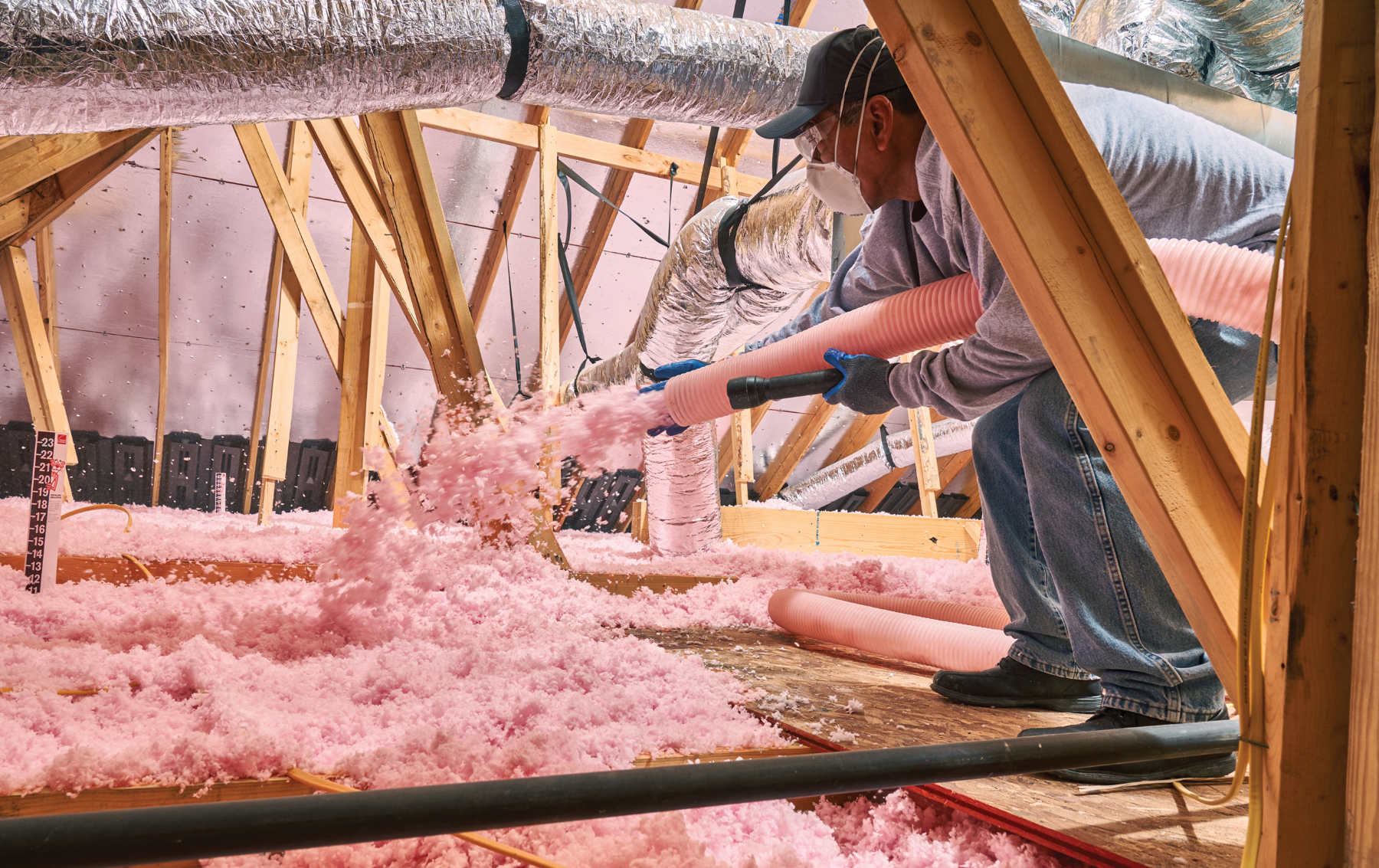
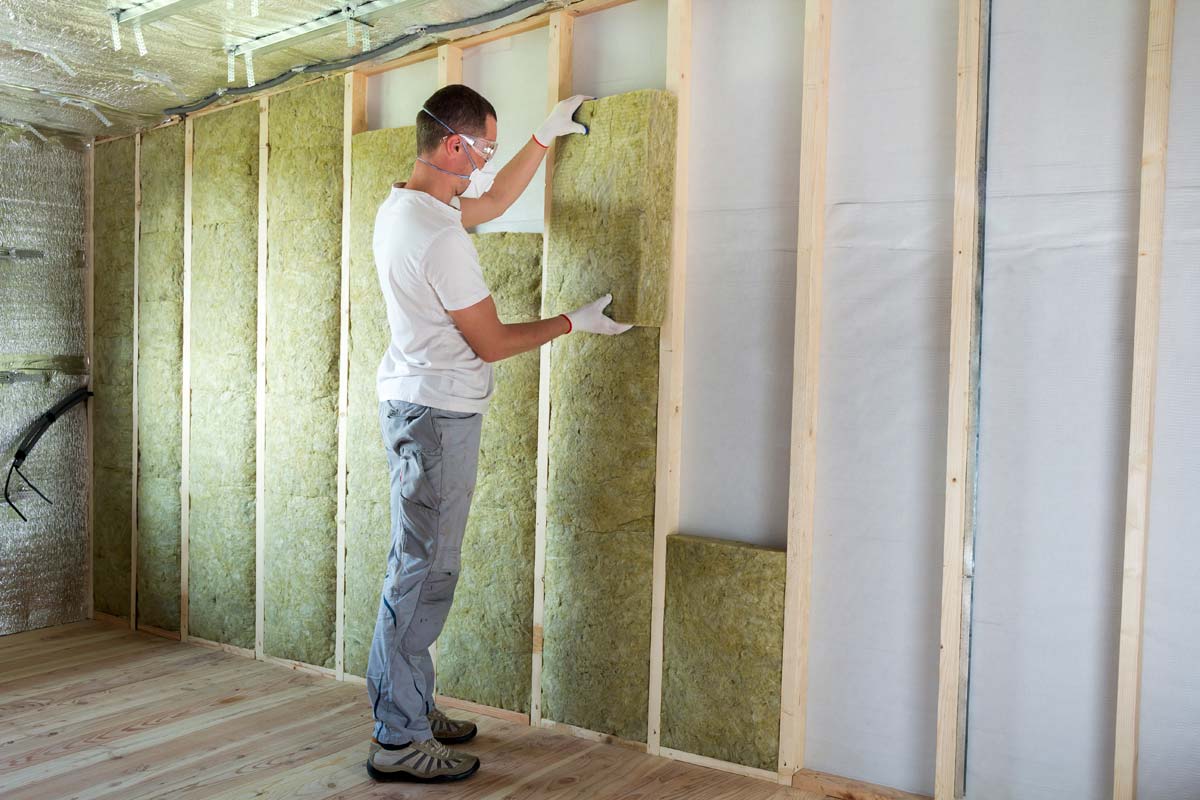
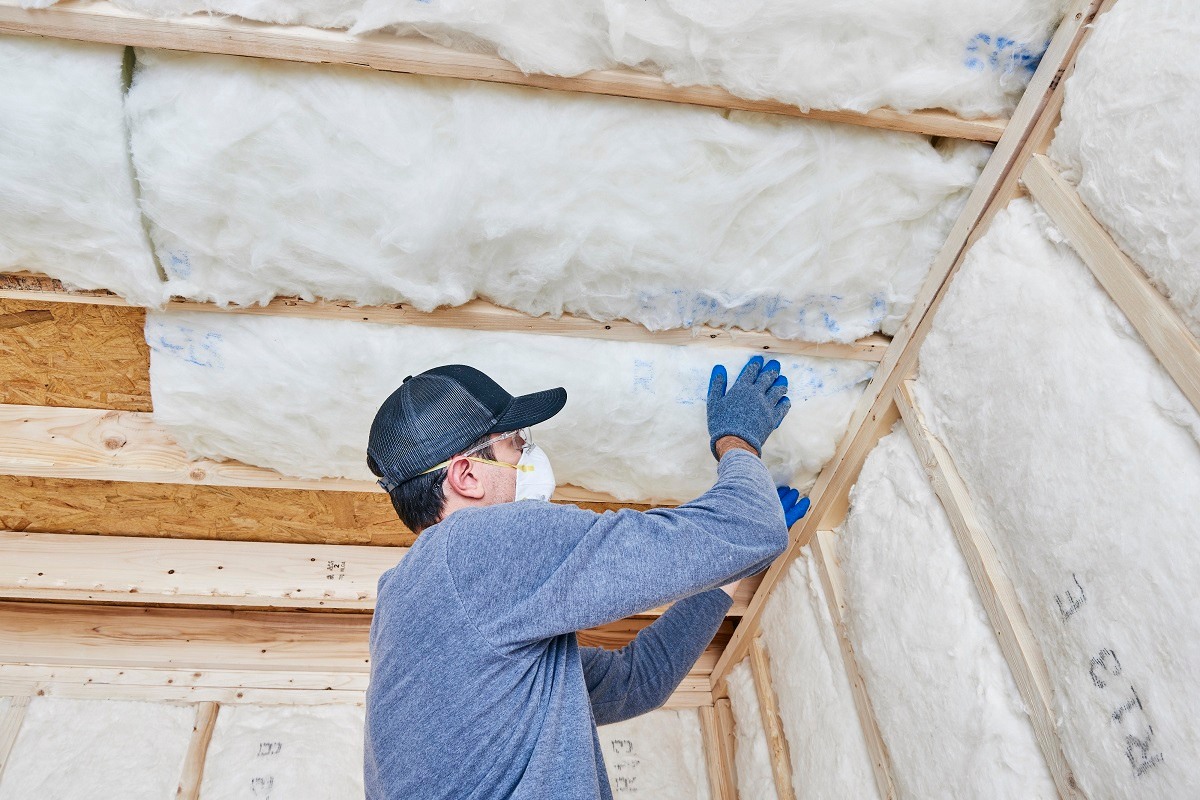

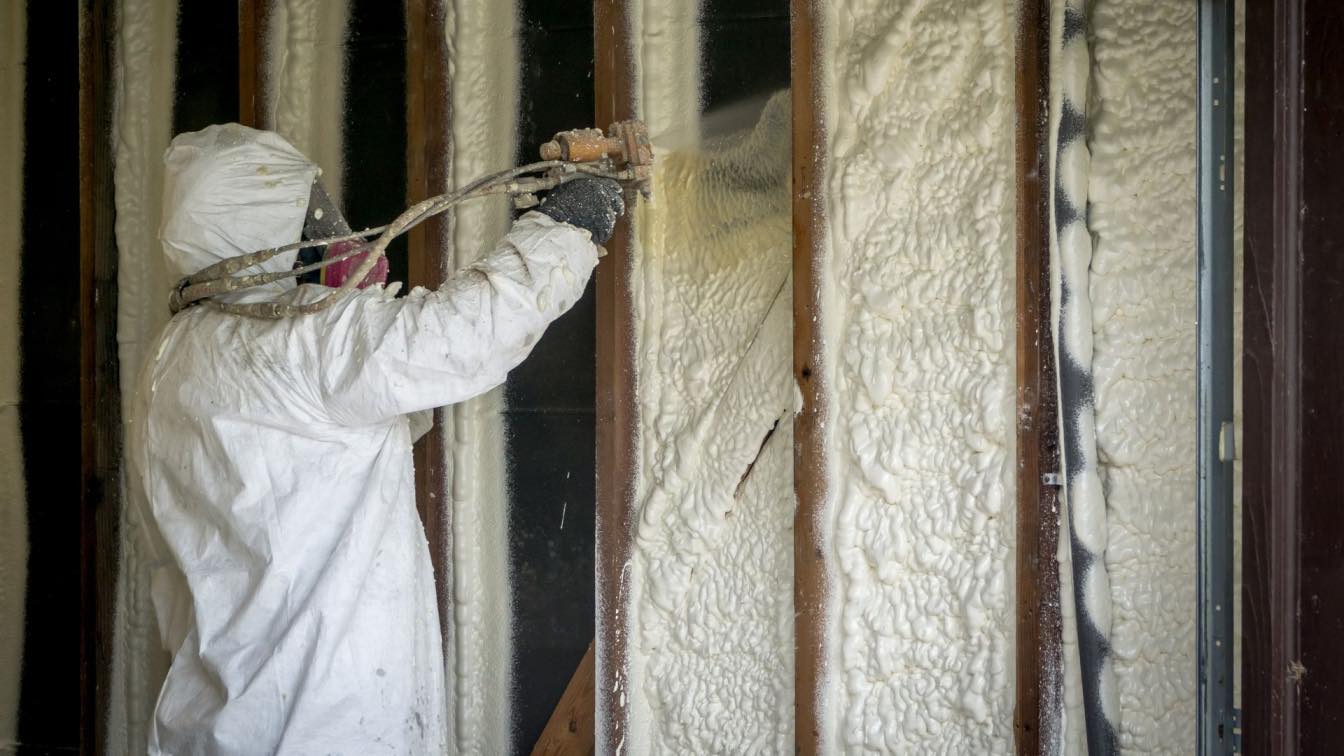

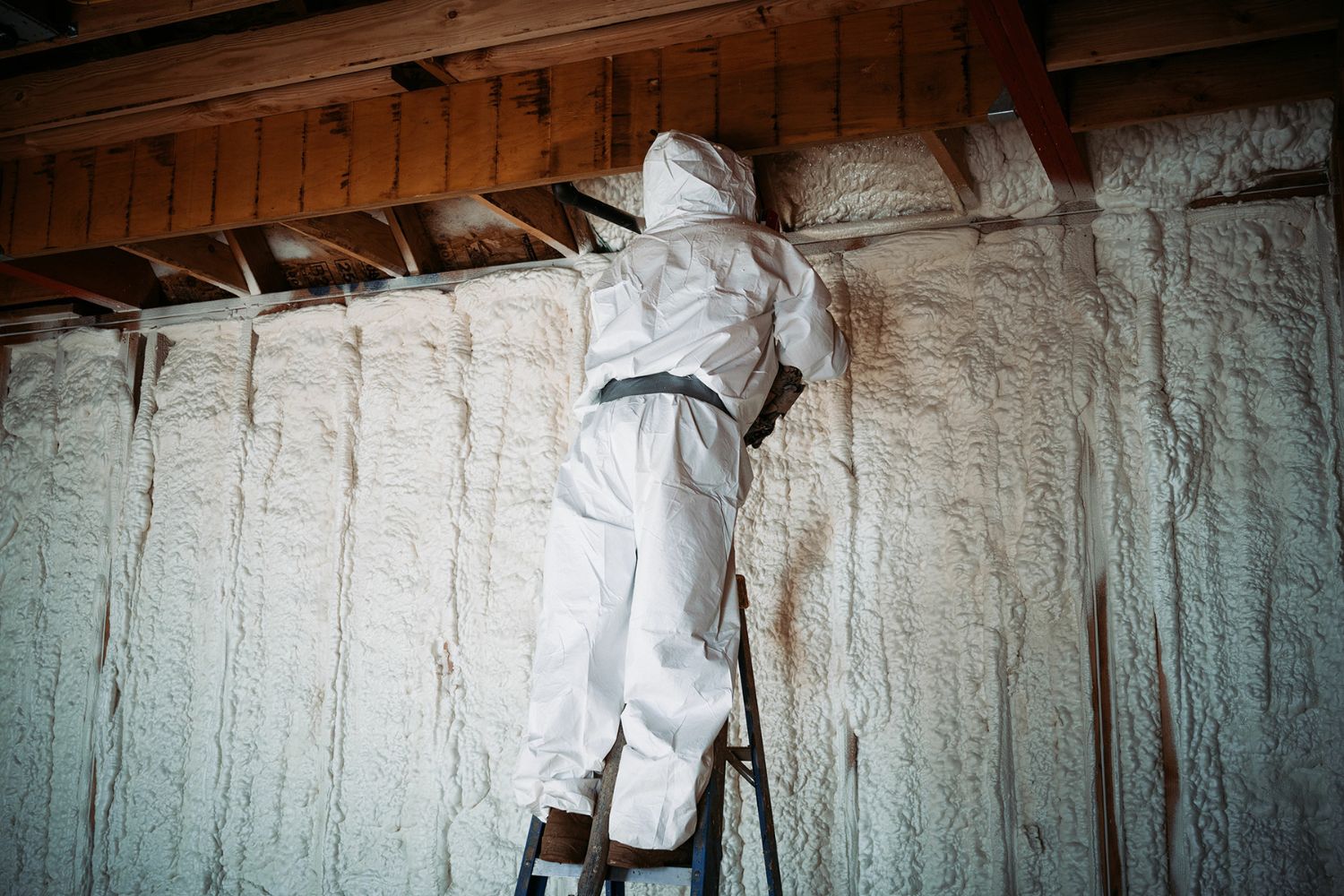
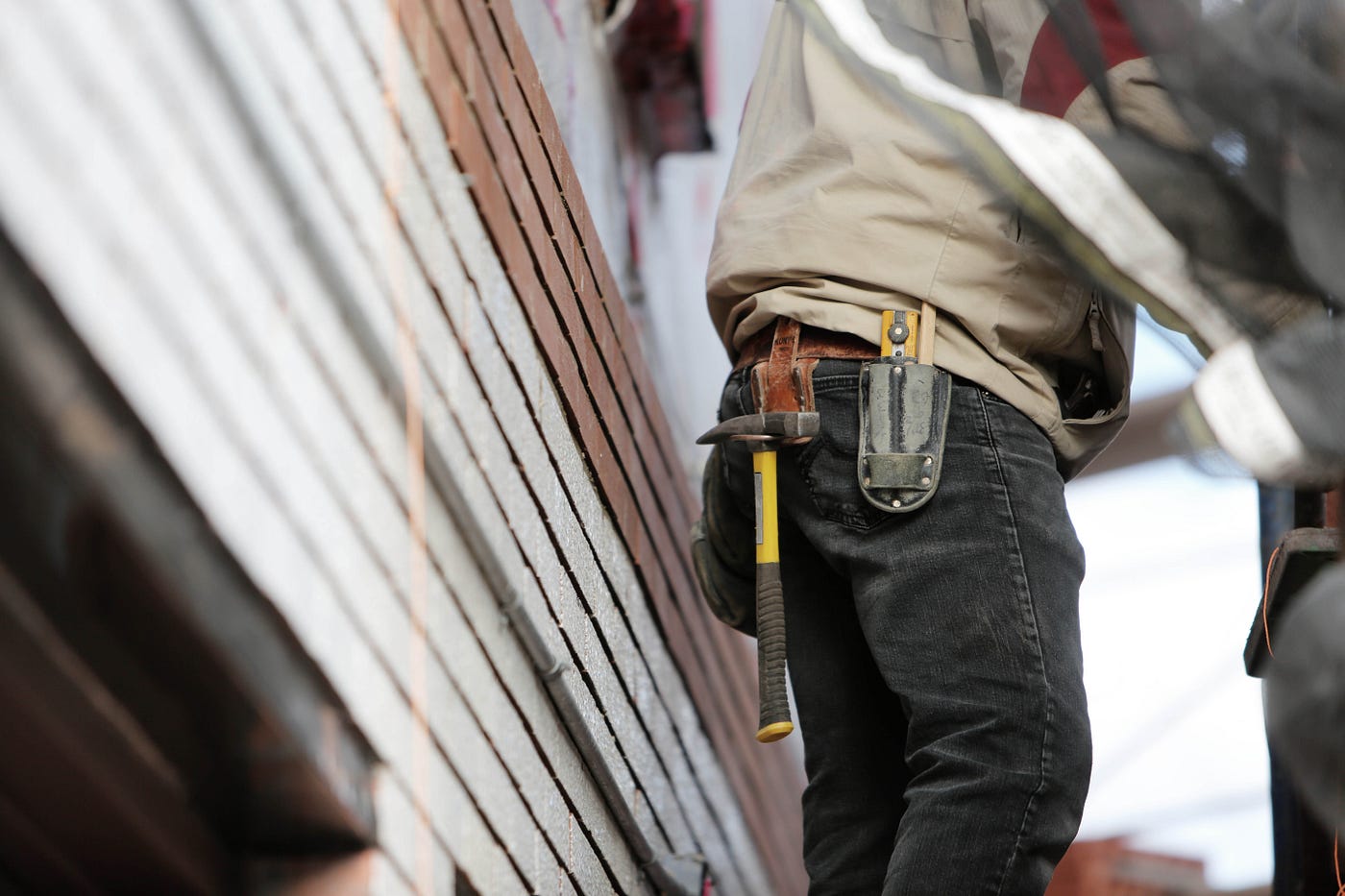
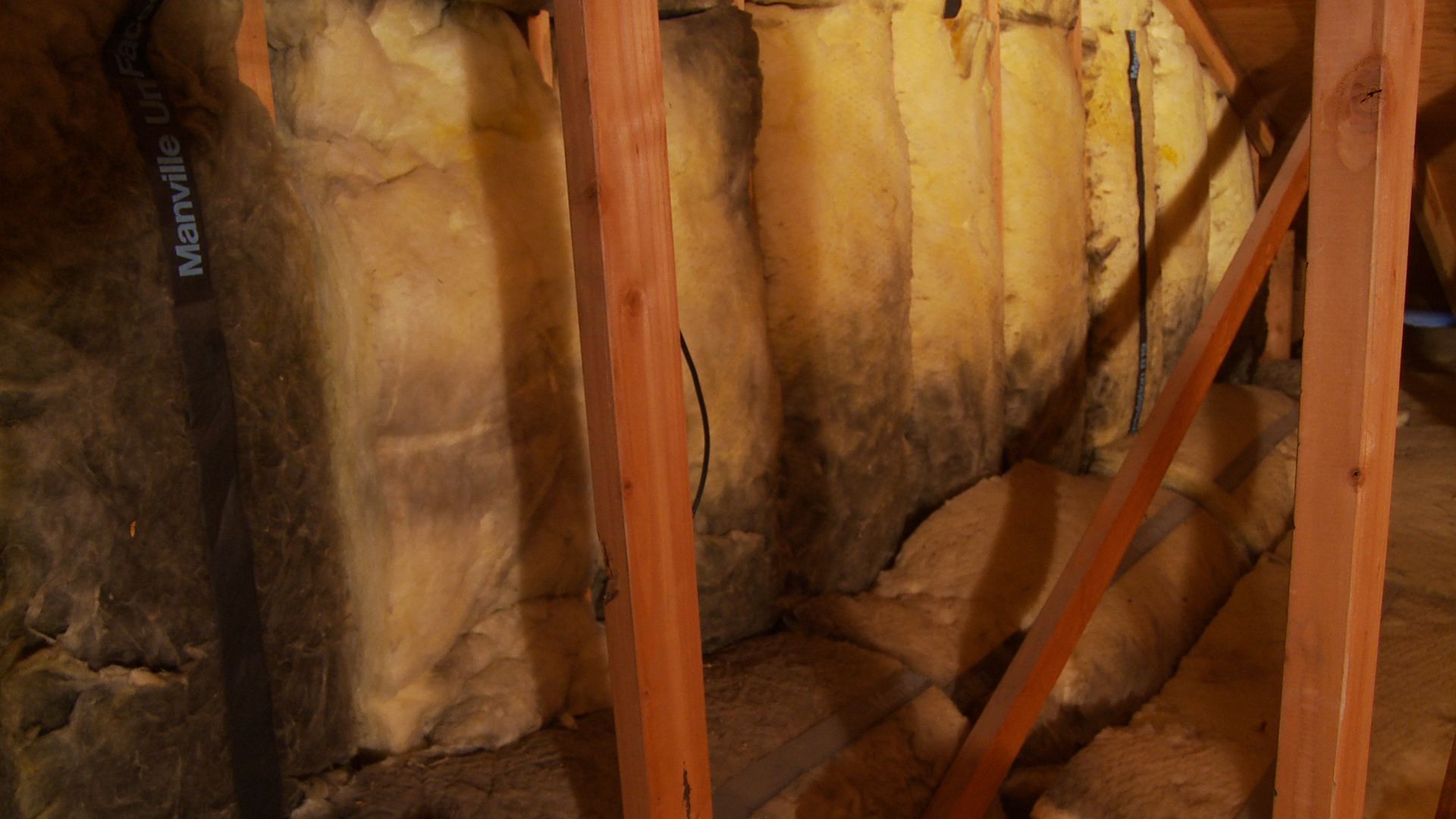
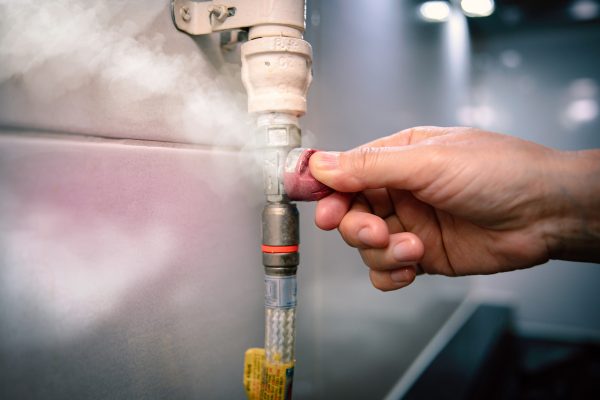


0 thoughts on “Why Is Insulation Dangerous”